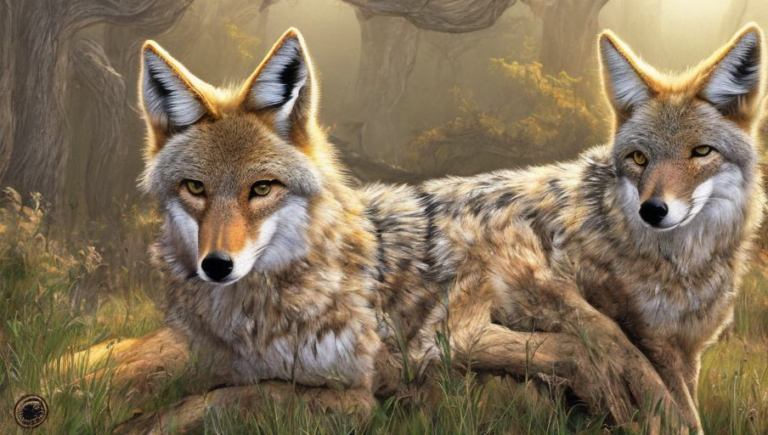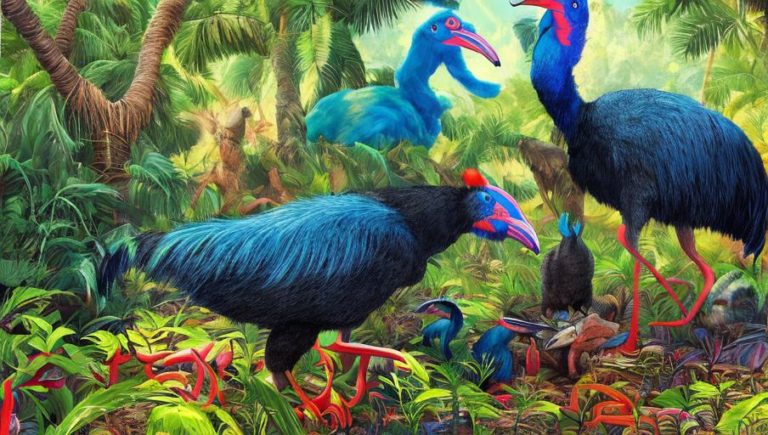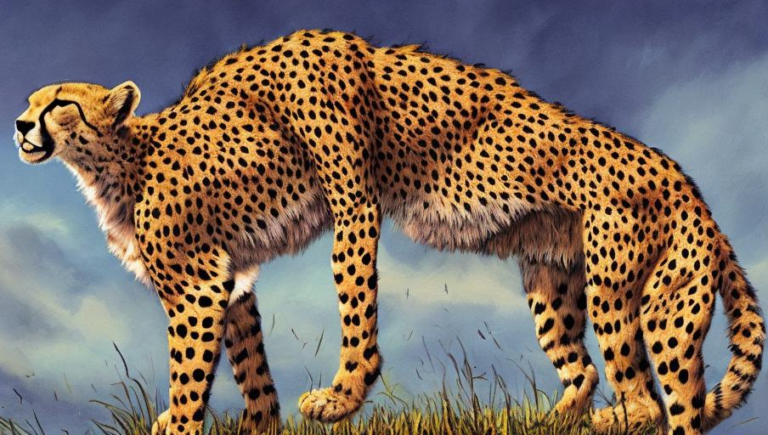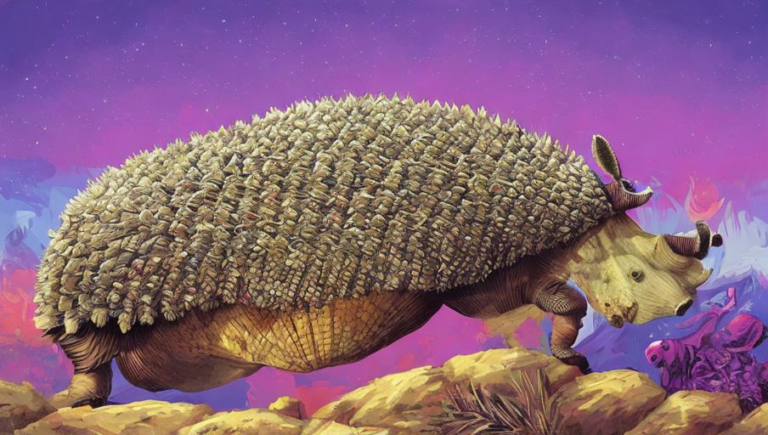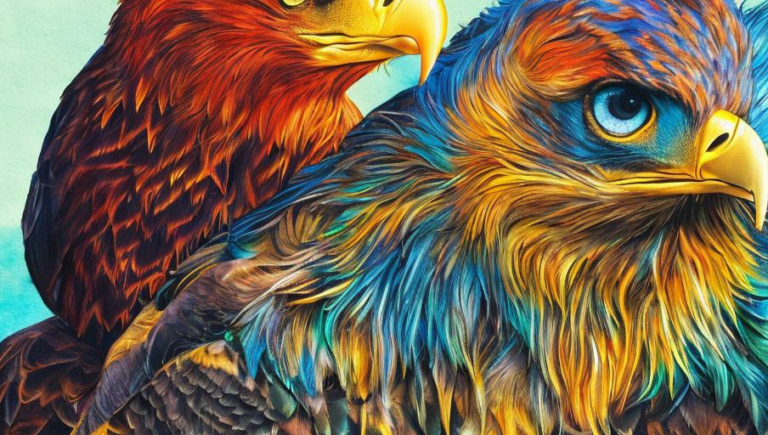Nurturing Nests: A Guide to Curlew Breeding
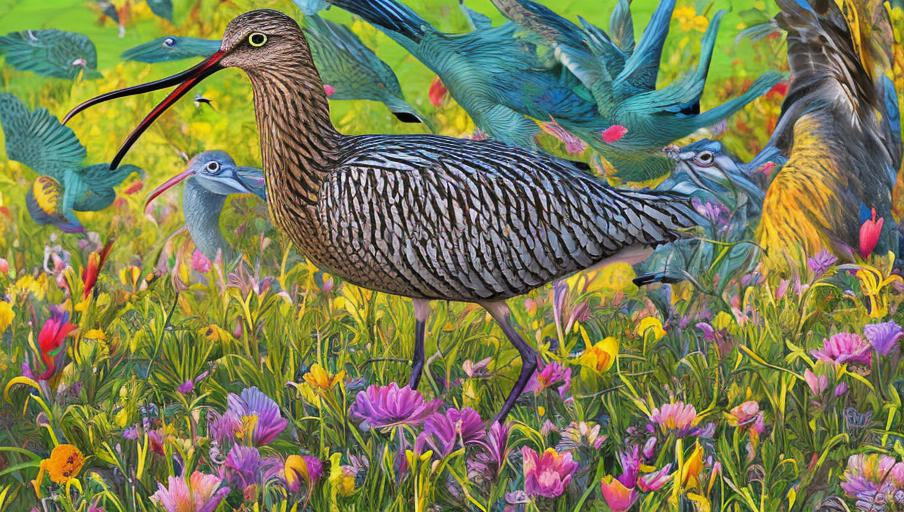
Introduction
Curlews are a type of wading bird native to many parts of the world, including Europe, Asia, and North America. Known for their long curved bills, they are among the most recognisable of all wading birds. Curlews are also known for their stunning courtship displays, which involve long flights, intricate aerial acrobatics, and loud calls.
Habitat and Prey
Curlews are found in a variety of habitats, including grasslands, wetlands, and salt marshes. They feed on a variety of invertebrates, including insects, crustaceans, and mollusks. They also eat some plant material, such as seeds, grains, and berries.
Breeding
Curlews typically breed in the spring, with males arriving at breeding grounds first to establish territories. The males then perform elaborate courtship displays to attract a mate. Breeding pairs build nests on the ground, usually in areas with tall grass or dense shrubs. The nests are made of grass and other plant materials, and are usually lined with feathers or other soft materials. The female usually lays 2-4 eggs.
Incubation and Fledging
The female incubates the eggs for about 21-25 days, while the male guards the nest and brings food for the female. The young hatchlings are able to leave the nest after about 22-28 days. The fledglings remain with the parents for around two months, before they are able to fly and become independent.
Conservation
Curlews are vulnerable in many parts of the world due to habitat loss, human disturbance, and other factors. In Europe, curlews are now classified as “vulnerable” by the International Union for the Conservation of Nature (IUCN). Conservation efforts are underway to protect the species, including habitat restoration, monitoring, and research.
Conclusion
Curlews are a fascinating species of wading birds, with a unique courtship ritual and a beautiful call. To ensure the future of curlews and other species, it is important to take steps to protect their habitats and breeding grounds and to reduce human disturbance.
